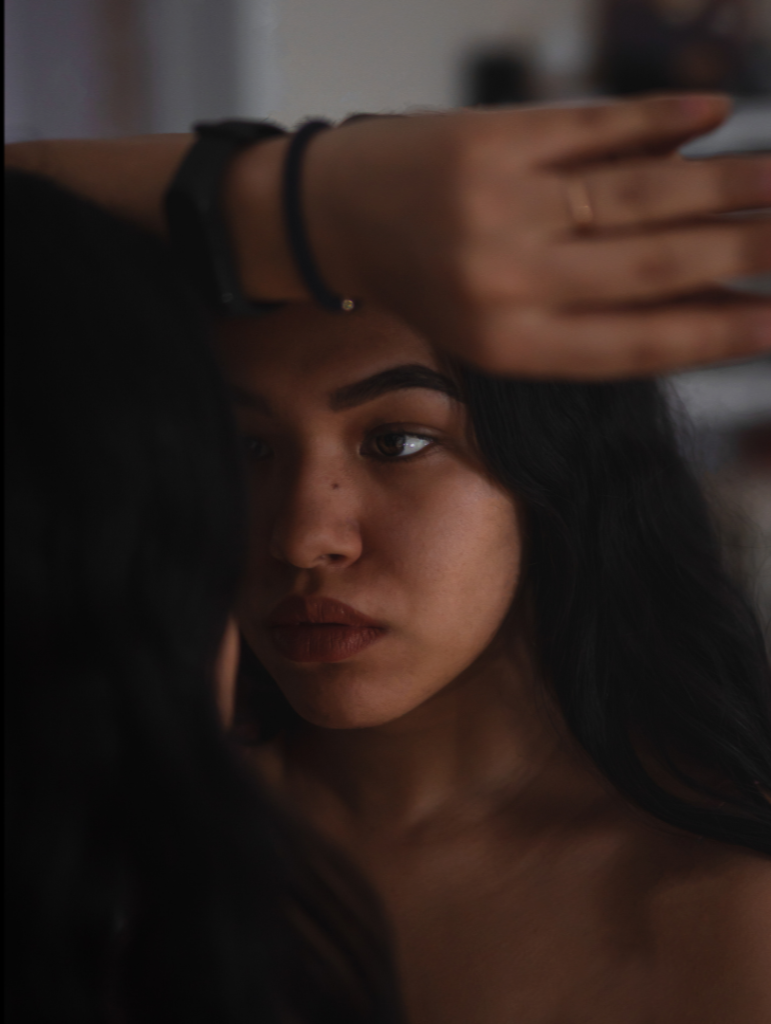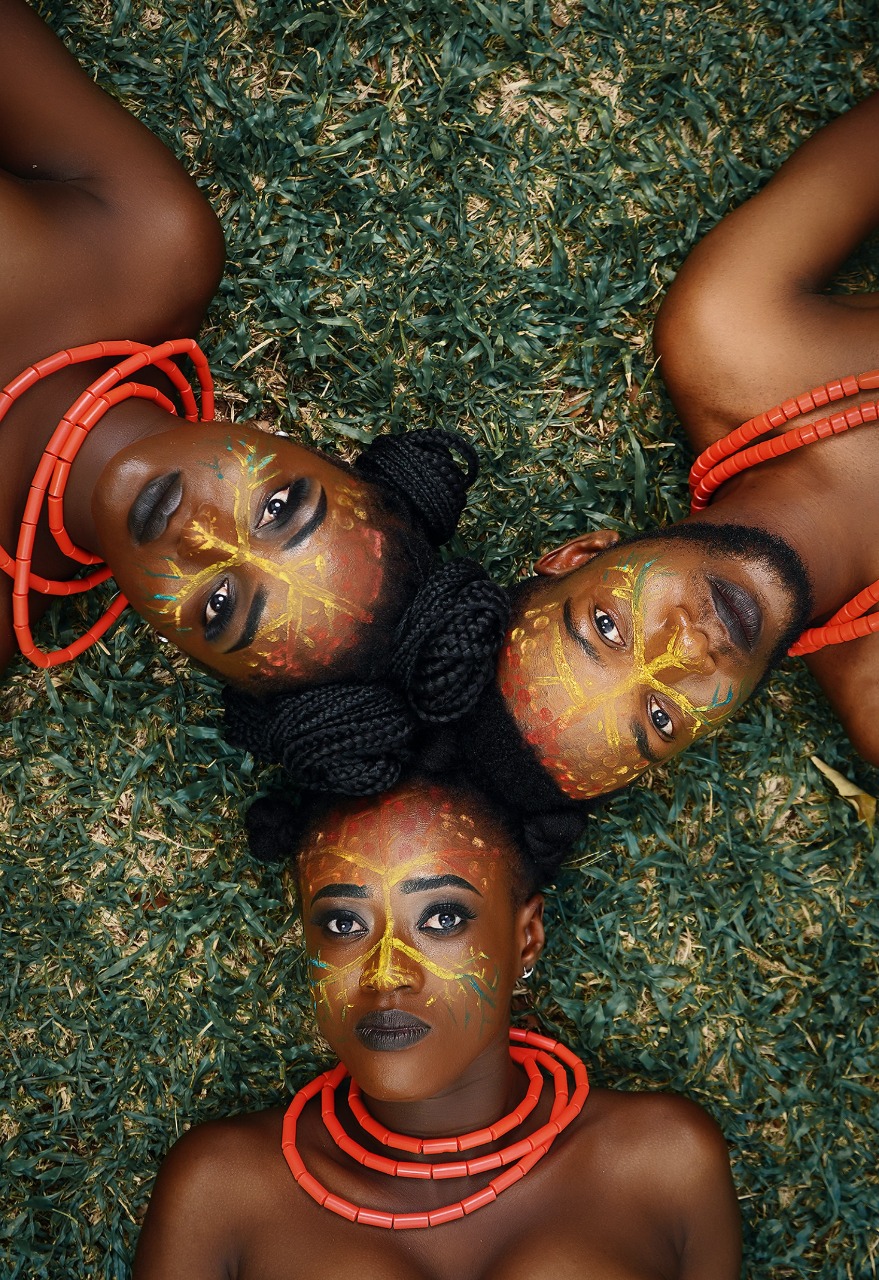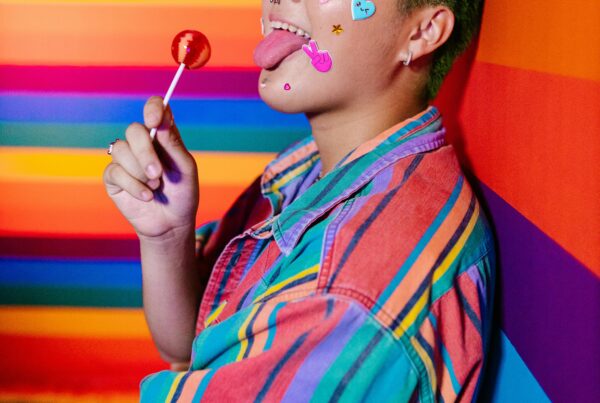The Split Attraction Model (SAM) separates romantic attraction or desire for romantic relationships from sexual attraction or desire, thus dividing romantic orientation and sexual orientation into different identities. Terms for sexual orientation have commonly been understood as implying a corresponding romantic orientation; however, a person’s romantic and sexual attractions may not exactly align with each other, and people can be attracted to different people in different ways. To convey these differences, split attraction language uses prefixes for the gender or genders a person is oriented toward with themselves (such as bi-, queer-, homo-,hetero-), then combines it with a suffix for the attraction type (such as -romantic, -sexual, – sensual). To date, the split attraction model has identified seven types of attractions– romantic, sexual, sensual, aesthetic, platonic, queerplatonic, and alterous.
 1. Romantic Attraction is the charm experienced by someone who wants to have a
1. Romantic Attraction is the charm experienced by someone who wants to have a
romantic relationship or relationship. Romantic attraction is a type of emotional attraction that can coexist with other types of attraction, such as sexual, aesthetic, and sensual attraction.
2. Sexual Attraction is the attraction experienced by those who have a desire for sexual relationships or physical contact. Sexual attractiveness is a form of physical attractiveness, which often means that it is primarily related to a person’s appearance. It is important to distinguish sexual attraction from sex drive/libido, the latter being a biological need and not needing another person.
3. Sensual Attraction is the attraction experienced by those who have a sensual
relationship or desire to make contact. Sensual attraction is a type of physical attraction, but not sexual attraction. It is defined as the desire to be physically close to someone. This includes forms of physical contact such as holding hands, kissing, hugging, and hugging. It does not include sexual contact.
4. Aesthetic Attraction is the attraction you feel to someone because you find them aesthetically pleasing to you. Emotionally, it’s often compared to how someone feels attracted, such as sunsets, paintings, and beautiful landscapes.
5. Platonic Attraction is the feeling experienced by those who have a desire to have a platonic relationship (friendship) or to build a closer friendship. Platonic attractions are a type of emotional attraction that is often defined as a very strong friendship.
6. Queerplatonic Attraction is the attraction one experiences toward someone they feel the desire to have a queerplatonic relationship. Queerplatonic attraction is often considered close to platonic attraction and alterous attraction. It is more often experienced by a-spec people (aromantic/asexual people).
A queerplatonic relationship is defined as different from a romantic relationship and a friendship. It is often considered a being the desire to have a relationship with a specific person, without it being romantic. Some people won’t differentiate between platonic, queerplatonic, and/or alterous attraction, while others will feel a clear difference between each.
7. Alterous Attraction is the attraction that one experiences toward someone they feel the desire to have a relationship that is neither platonic nor romantic. Some people may consider alterous attraction to be between platonic attraction and romantic attraction, while others will consider it to be separate from the platonic/romantic Duo.
Split Attraction Model and The Asexual Community
The asexual community has used such language to communicate differences in romantic and sexual interests and the types of relationships that may interest them. For instance, asexual people do not feel sexual attraction, but some asexual people have romantic attractions and may use a term for their romantic orientation to express that it differs from their sexual orientation.

This means that a person could be for example:
Straight Bi-Romantic: A person who is experiencing sexual attraction to the opposite sex and romantic attraction to two or more genders.
Asexual Homoromantic: A person who expresses romantic charm to people of the same sex and does not experience sexual attraction to anyone.
Bisexual Gray Romantic: A person who goes back and forth between romantic and aromantic attraction and is sexually attracted to two or more genders.
Gray Gender Heteroromantic: A person who is romantically attracted to the opposite sex and experiences little or rare sexual attraction. And so on…
But Does It Work?
As a queer person, I honestly found myself laughing at the model the first time I hear of it. To label all the different types of attraction and then use a label depending on it, seemed way too confusing. I’ve preferred to stay away from the model, but one can’t deny that it does make it easier for asexuals to understand their feelings better. There are some very valid criticisms of the model as well.
 Critics voice concerns regarding how the model may be presenting unnecessary boundaries and distinctions. Some consider these explicitly stated directions to be excessive. Some people find labeling unpleasant. Some LGBT communities feel that the label ‘gay’ is negative and believe that the model is over-strengthening it.
Critics voice concerns regarding how the model may be presenting unnecessary boundaries and distinctions. Some consider these explicitly stated directions to be excessive. Some people find labeling unpleasant. Some LGBT communities feel that the label ‘gay’ is negative and believe that the model is over-strengthening it.
Critics also suggest that the model makes LGBT people overly sexual by emphasizing sexual desire and attraction over all other elements of the relationship. Others say that this sexualization strengthens the stereotypes of people who identify as LGBTQIA+. Finally, for some people, the orientation is not very clear and may not be black and white. It can be a limitation for people with different tastes.
Is it useful or confusing? It’s complicated and the reaction to the model is mixed. But at the end of the day, a person’s identity is up to them to define, and if a model helps them describe it more accurately, then, by all means, go ahead!





